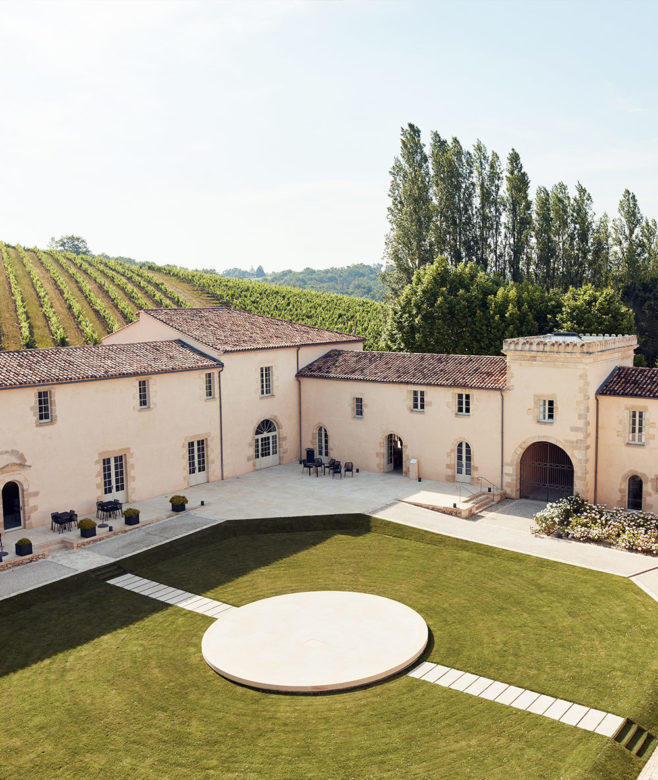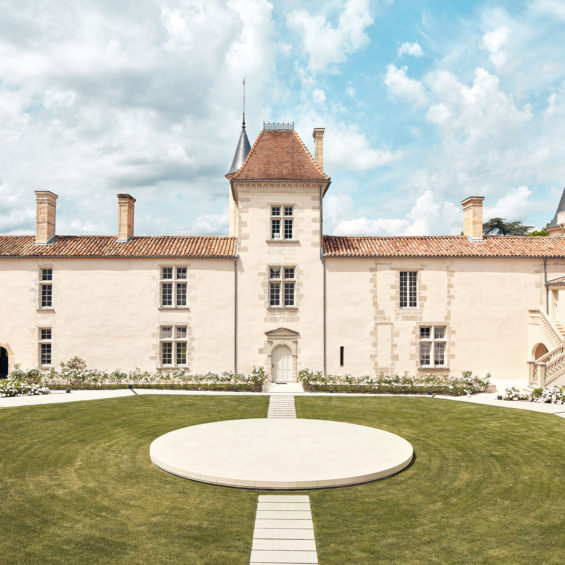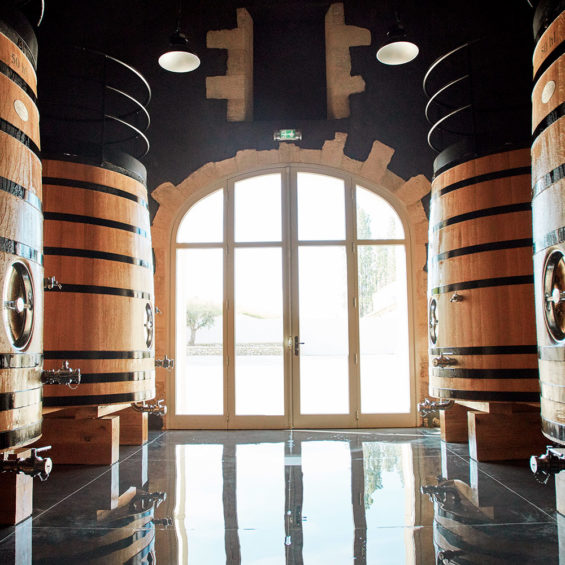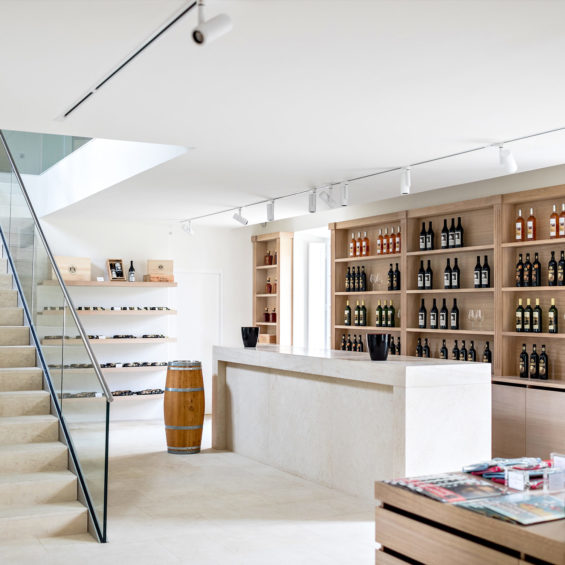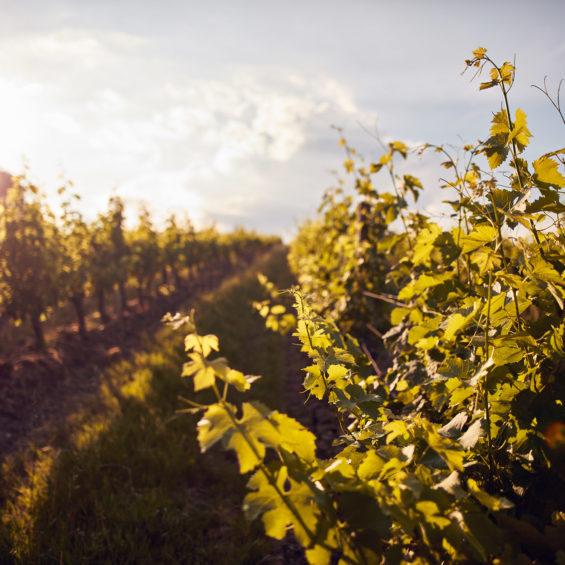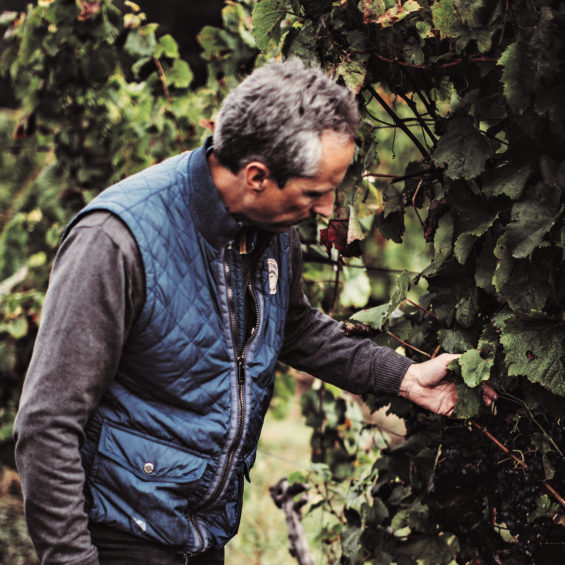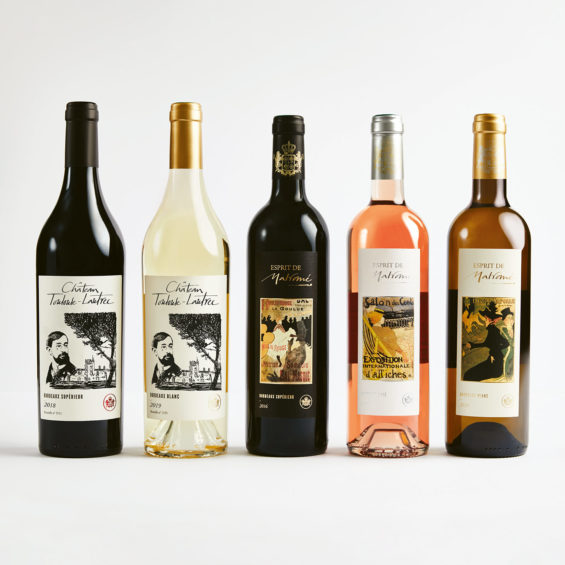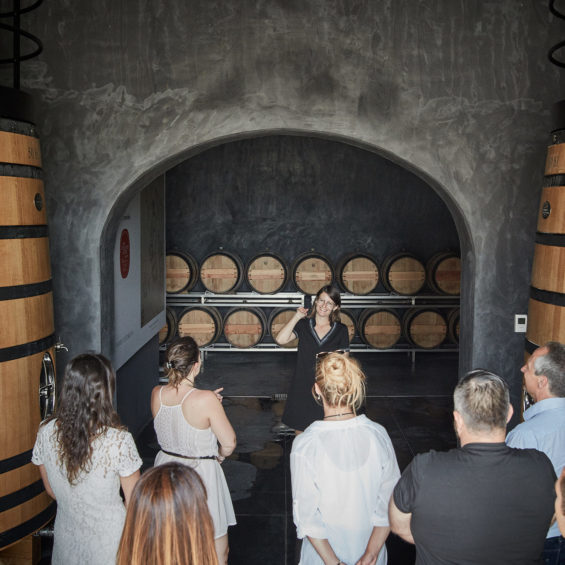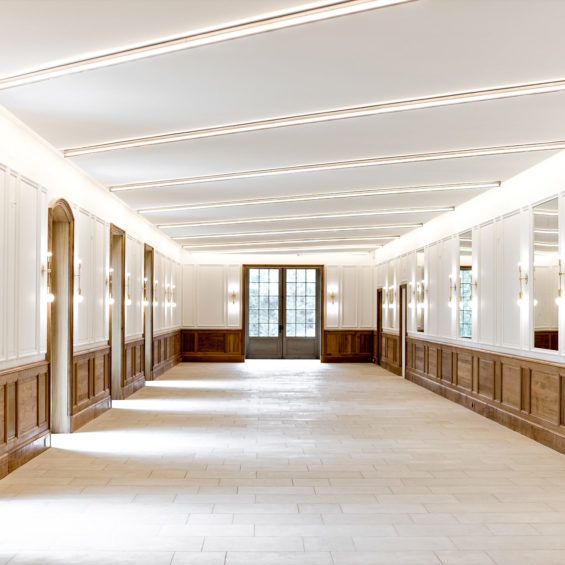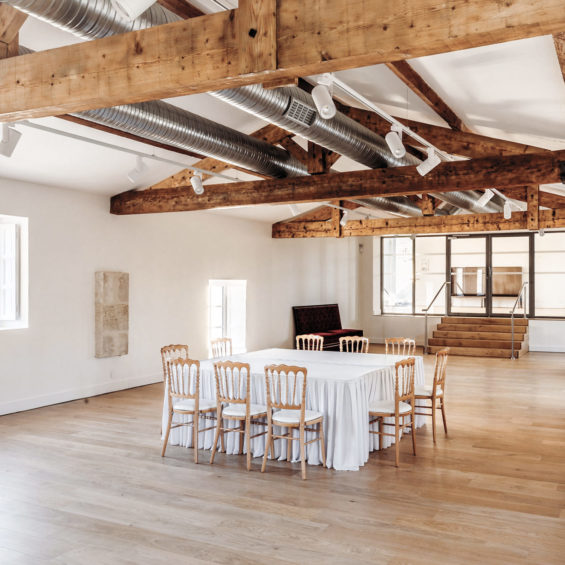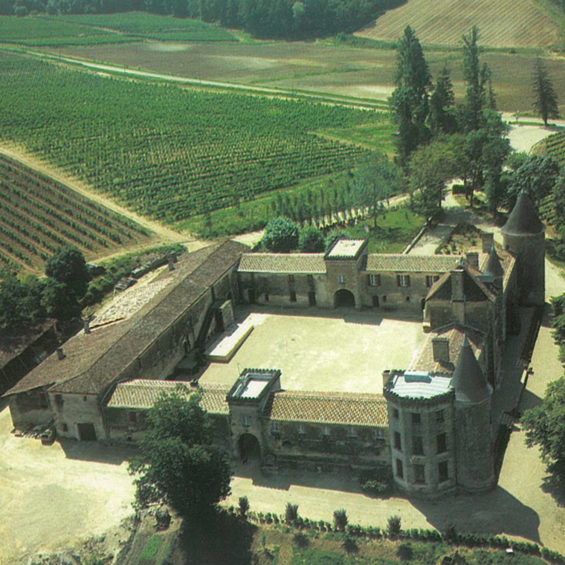
The Lancre family remains owner of the domain during two hundred years. In 1780, the castle is let to Catherine de Forcade, Baron of Malromé’s widow, who gives the domain its name.
In 1847, the castle is passed down to Jean de Forcade, President of the Council of State during Napoléon III’s reign, and his half-brother, the Marechal of Saint-Arnaud, Governor of Paris and Minister of War. They restored the castle in the style of Viollet-le-Duc.
In 1883, Countess Adèle of Toulouse-Lautrec acquired the Malromé castle along with the surrounding 34 hectares of vineyards from the widow of Forcade la Roquette. The Countess used her dowry to make this acquisition, in order to live away from her husband, Count Alphonse de Toulouse-Lautrec, who was obsessed with hunting and horse-riding.
After her passing, the estate passed through the hands of several eminent personalities. One among them was Dr. Gabriel Seynat, who was Deputy Mayor to Jacques Chaban Delmas in 1947.


